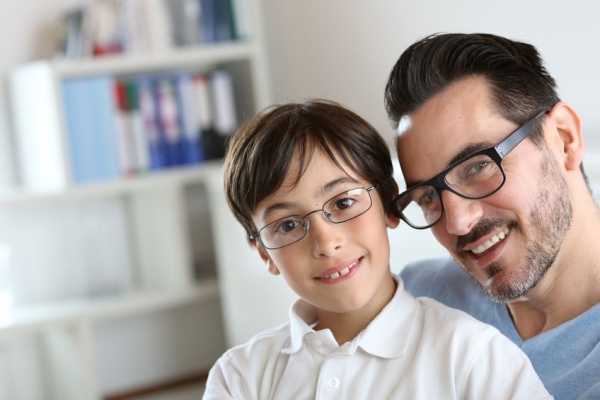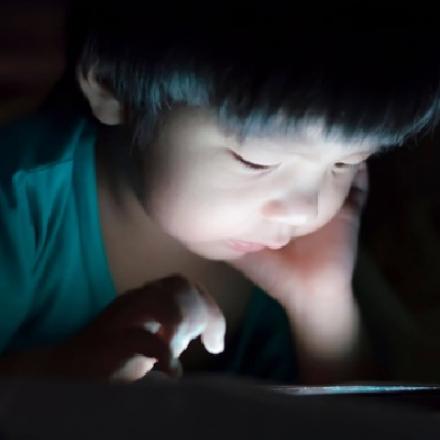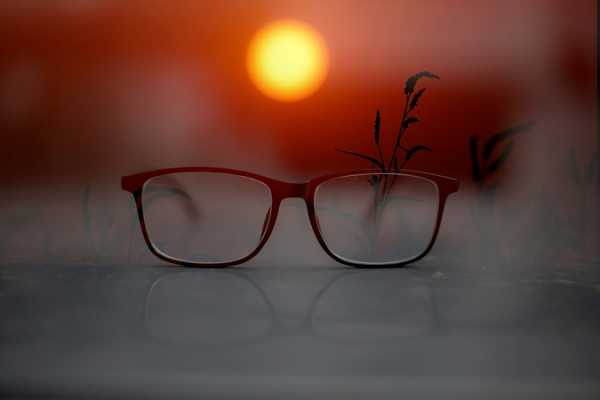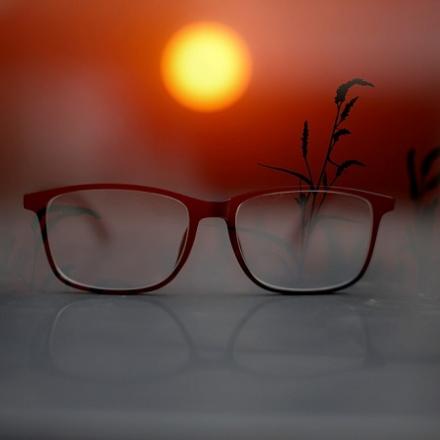
Children Eyeglasses
The ABCs of Selecting Children Eyeglasses
When it comes to your child’s health, including eye health, there are no shortcuts. Selecting kids glasses doesn’t have to be difficult. If you follow our simple ABCs, you won’t find yourself struggling to decide which of thousands of choices is best for your child and you won’t struggle with your child when it comes to wearing their glasses.
A is for Attitude
How you handle the process of ensuring your child’s eye health is extremely important to a successful outcome. Having a positive, thoughtful and cooperative attitude goes a long way in helping your child recognize the importance of proper eyesight. Children don’t like to be “different”.
They need to be confident that you are helping them because better vision will help them in school, will help them be better athletes, and will help them play all those video games better. And, you can also show them examples of older children that wear eyeglasses and how it has not made them different, but better at whatever they do.
B is for the Best Care
Don’t wait until your child is having trouble seeing the teacher at the front of the classroom to get a thorough eye exam for him or her.
The American Optometric Association recommends that your child have an eye examination at 6 months, again at 3 years and right before they enter school at age 5 or 6. The school nurse should not be your child’s eye care provider.
A qualified optometrist or optician is the best choice to examine the health and visual acuity of your child’s eyes. A correct kids glasses prescription will not only allow your child to see perfectly, but will eliminate eye strain and headaches caused by improper correction.
C is for Clarity
Once a proper prescription has been determined, you will want to choose a lens that is clear, impact resistant and of minimal thickness, regardless of the correction. Polycarbonate lenses are most often recommended for children eyeglasses because they meet these three criteria. Plastic will scratch, glass breaks and neither offer the UV protection that polycarbonate does.
D is for Decide on a Frame Style
The most important consideration when selecting a frame style is proper fit. Your child, however, will want whatever his or her best friend has. Your optician or optometrist will make sure that the frame you and your child choose fits the bridge of the nose, the size and shape of their face, and will be secure enough to stay put right where the frame should stay. You can choose metal or plastic frames as either one will have hundreds of choices that will work for your style and budget.
E is for Easy Does It
The way to introduce wearing glasses to your child is to start slowly. Let your child get used to them by asking that they wear them for one or two hours a day and gradually add more time as the days go by. They just might find that watching TV, playing computer games or reading a book is more enjoyable if they can see it better – especially if it is their idea, and not yours. It is difficult to like something that is shoved at you. It is much easier if it is your child’s choice to wear their glasses.
F is for Focus on Sun Protection
Especially if your child is sports-minded or spends a great deal of time outdoors, prescription sunglasses are a must to not only see better, but protect their eyes from glare and UV rays.
Kids Sunglasses are becoming more commonplace, and with photochromic lenses, everyday children eyeglasses can become sunglasses in an instant. Read more about Children sunglasses.
G is for Guarding against Injuries
Active sports call for sports goggles or other protective prescription eyeglasses. To perform at one’s best in most sports, good vision is mandatory. Protecting the eyes from injury from stray balls, flying snow or an elbow in the face is very important to your child’s overall eye health. Read more about kids safety glasses
H is for Healthy Eyes
Make sure to keep regular appointments for your child with his or her eye care physician or optician. They will monitor any changes in your child’s eyes to insure optimum health and vision.








